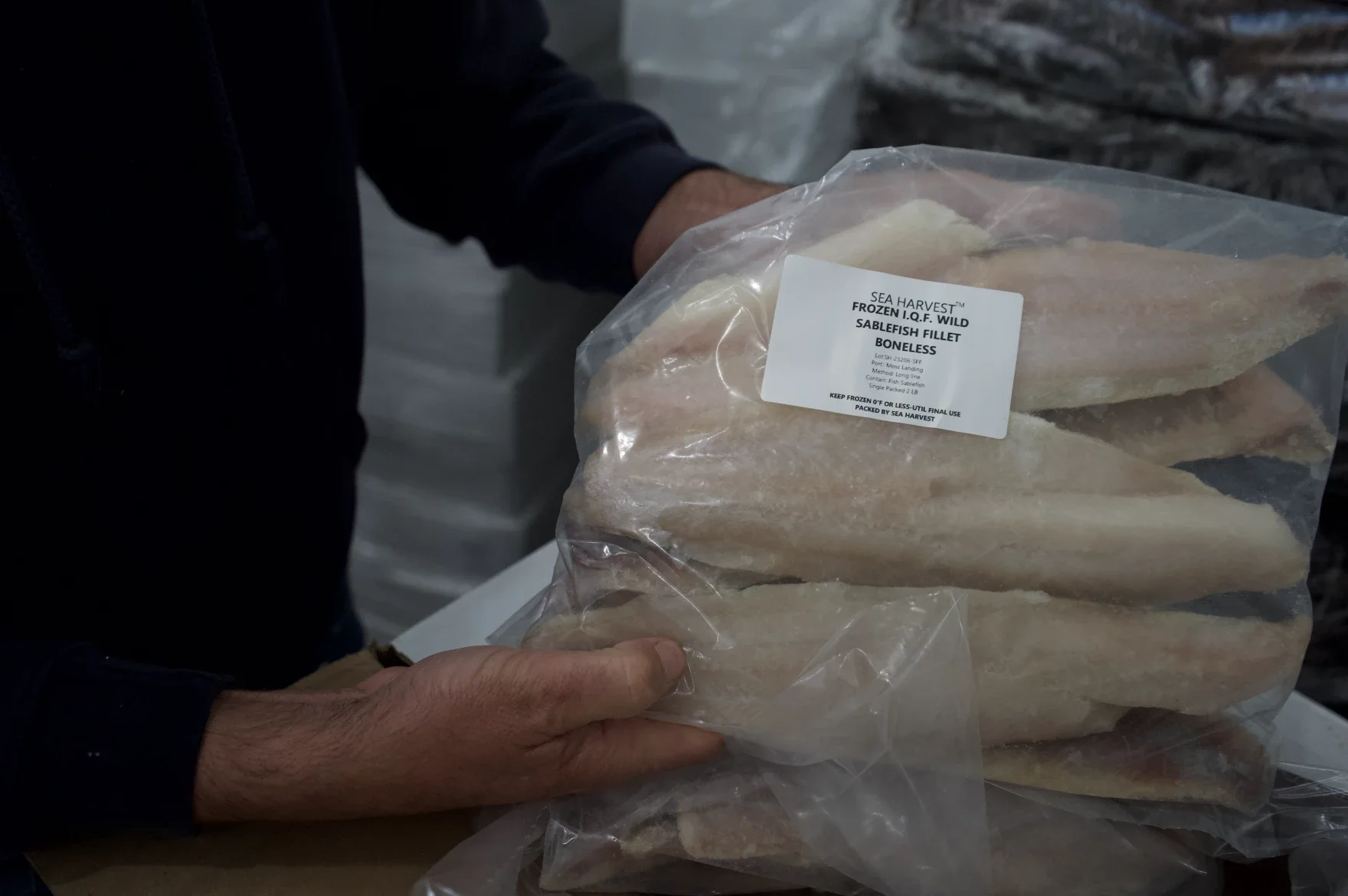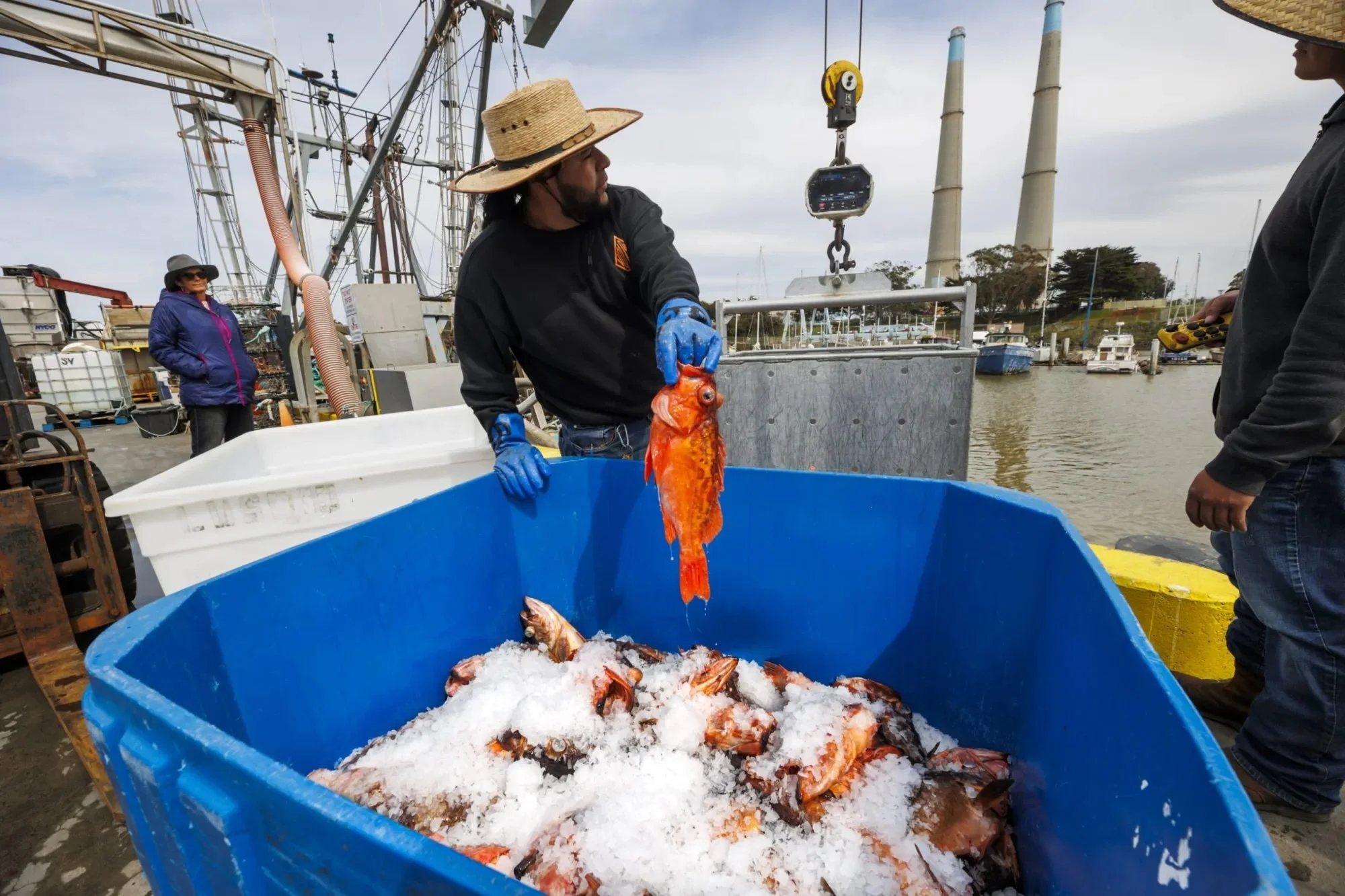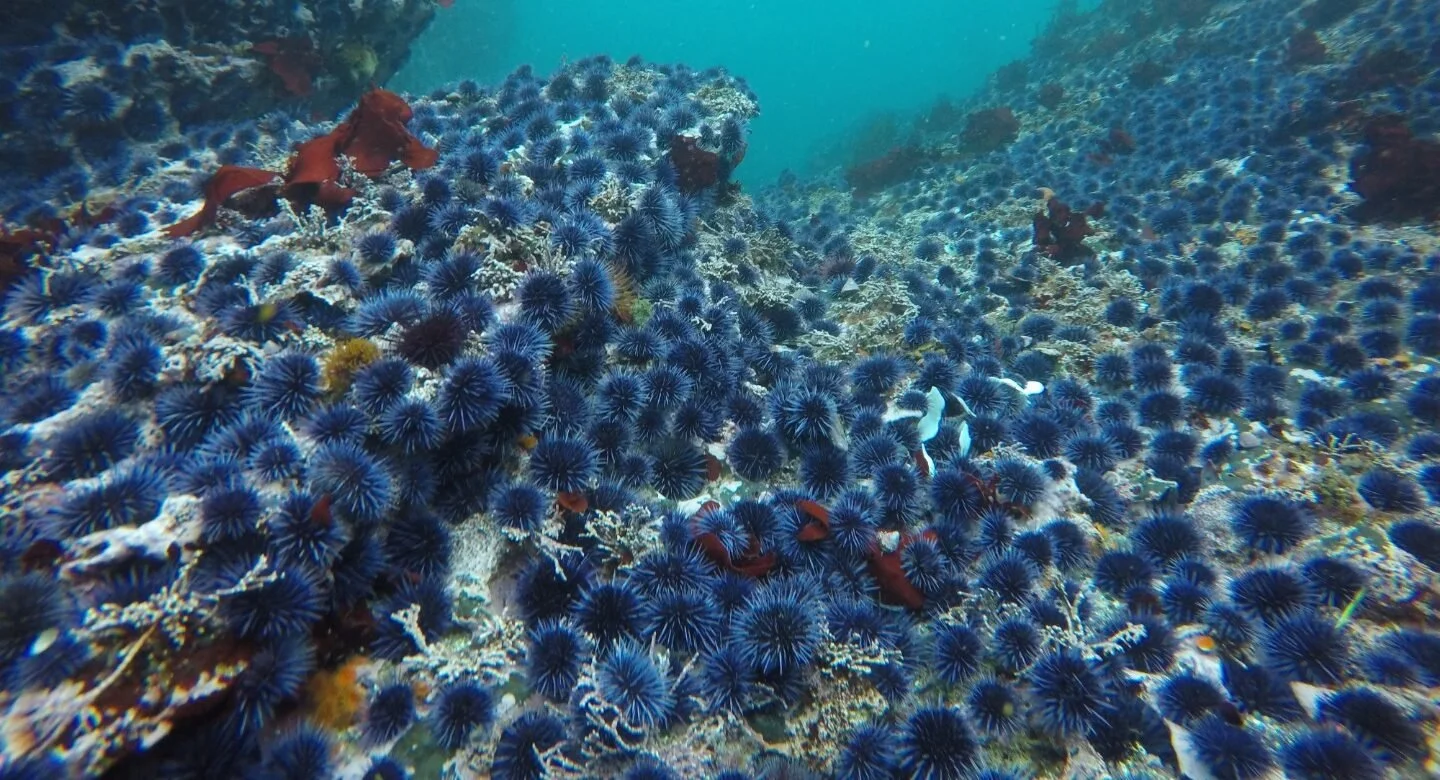IT’S A SUNNY MORNING IN DECEMBER AND THE ROCKFISH AND BLACK COD ARE SHOWING UP IN GOOD NUMBERS, HUNGRY. At the docks in Moss Landing, Walter Deyerle, who fishes as part of a family fleet, offloads his catch from the boat straight into the back of a wholesale-to-the-public fish market his family opened in late 2023. The rockfish – specifically, vermillion rockfish, also known as “red snapper” or “rock cod” – are fresh, the red color vibrant and the fins twitching in the ice bucket.
Image: Daniel Dreifuss
Read More















